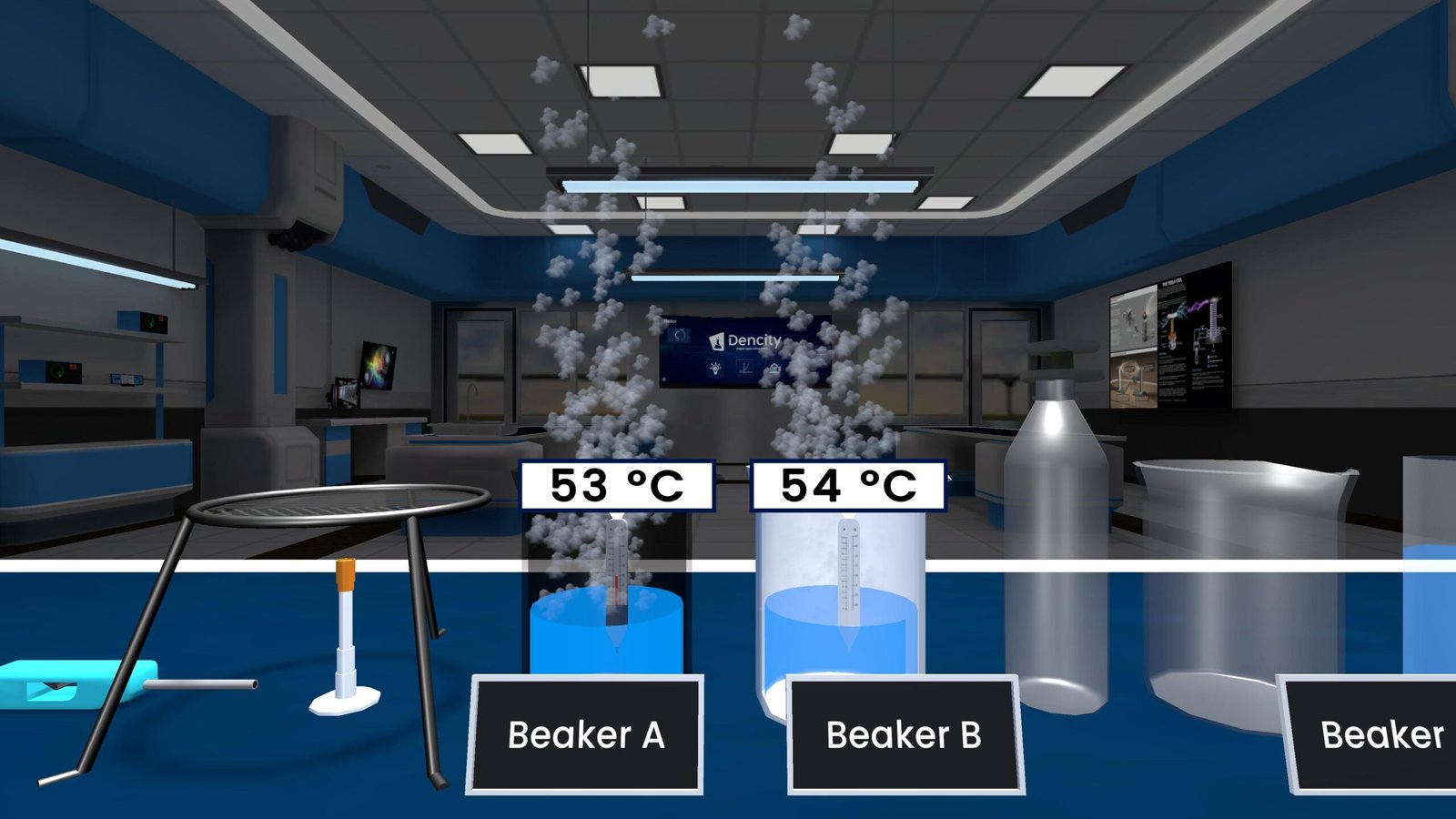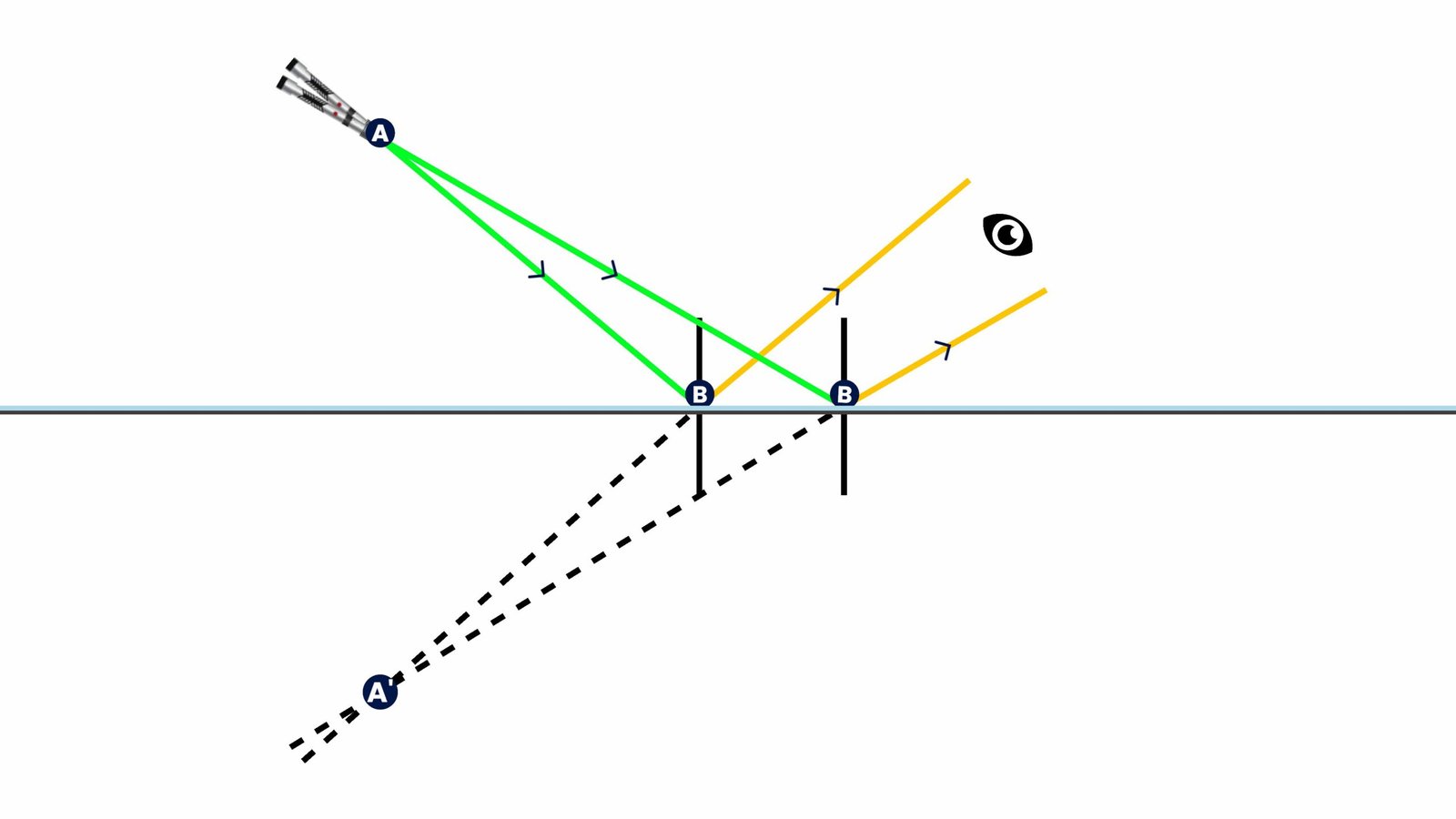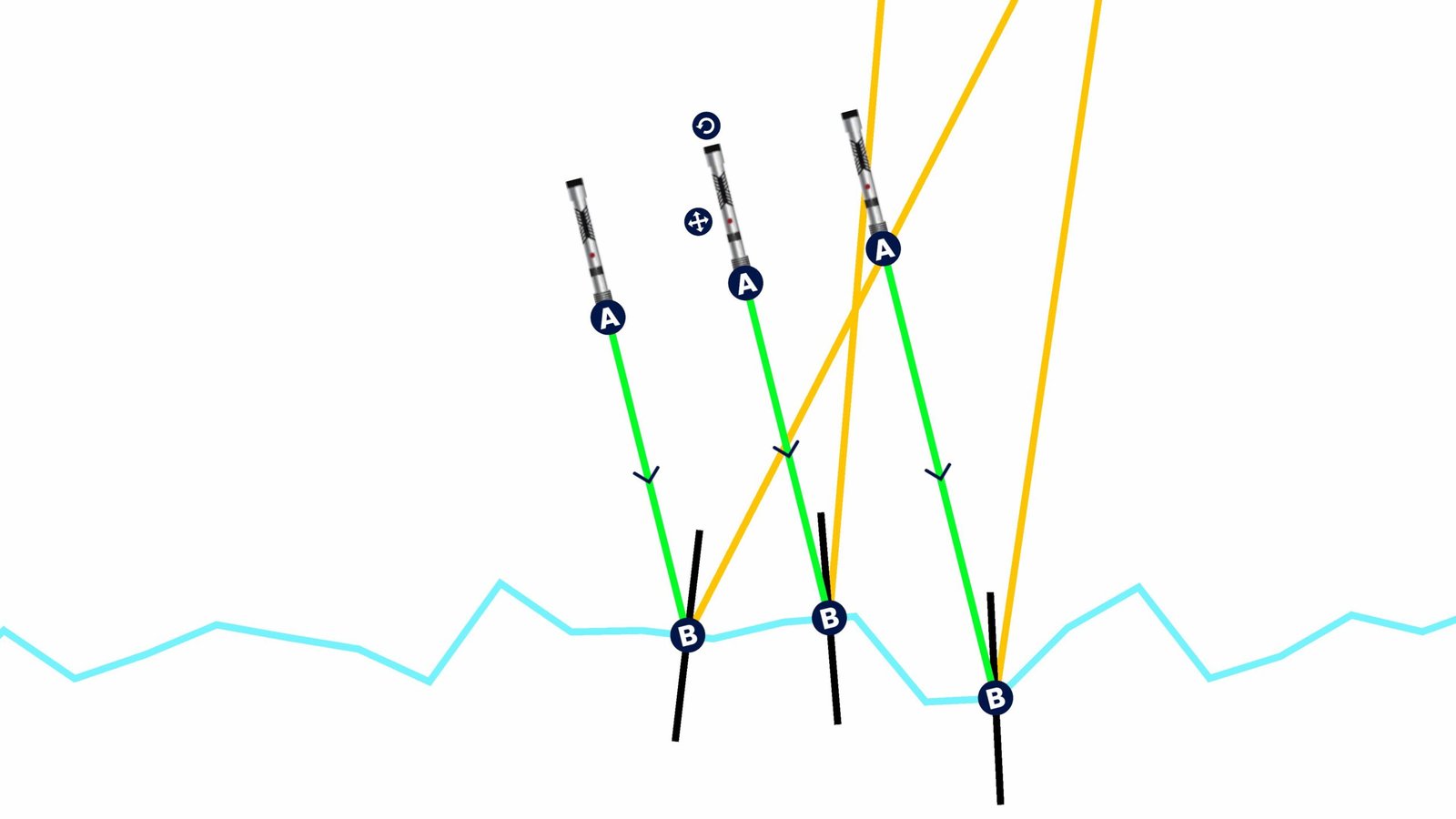Carbon Dioxide Requirement in Photosynthesis Experiment
Photosynthesis is the essential process by which green plants prepare their own food using sunlight, carbon dioxide, and water. But have you ever wondered if all three components are really required for this process? This experiment helps us test whether carbon dioxide (CO₂) is necessary for photosynthesis to occur.
In photosynthesis, green plants use chlorophyll (the green pigment) to absorb sunlight and convert water and carbon dioxide into glucose (sugar) and oxygen. The simplified chemical equation for photosynthesis is:
Carbon dioxide + Water → Glucose + Oxygen
Or
6CO₂ + 6H₂O → C₆H₁₂O₆ + 6O₂
This experiment is designed to prove that carbon dioxide is essential for this process. Without it, photosynthesis will not occur, and the plant will not produce glucose.
Theory (Simplified)
To test if carbon dioxide is necessary for photosynthesis, we use a setup where a portion of a leaf is isolated from carbon dioxide using potassium hydroxide (KOH), which absorbs CO₂ from the air. After placing the setup in sunlight for a few hours, we test the leaf with iodine solution. Iodine turns blue-black in the presence of starch—a product of photosynthesis.
If the part of the leaf exposed to carbon dioxide turns blue-black and the part that wasn’t exposed does not, it proves that carbon dioxide is necessary for starch (and hence glucose) production during photosynthesis.
Dencity and Science Experiments Made Easy
Understanding complex biological processes like photosynthesis becomes fun and interactive with the Dencity Virtual Science Lab. With the Dencity app, students can conduct the Carbon Dioxide Requirement in Photosynthesis experiment virtually, safely, and affordably—anytime, anywhere.
Dencity simulates real lab conditions where students can manipulate variables, observe real-time reactions, and even test theories like the role of CO₂ in photosynthesis using virtual leaves, sunlight, and chemicals. The platform helps bridge the gap between theory and practical understanding, making it easier for learners to grasp scientific concepts clearly.
Whether you’re a student or a teacher, Dencity offers a platform that promotes interactive learning, critical thinking, and scientific curiosity.
Dencity for Teachers
With Dencity, interactive teaching becomes effortless. Teachers can:
-
Use virtual experiments to demonstrate photosynthesis in real time.
-
Assign homework and receive automatic reports on student performance.
-
Engage students using touch-enabled simulations.
-
Eliminate the hassle of setting up physical labs.
-
Focus on teaching while Dencity takes care of the assessments and lab tools.
Optimized for Classroom Touch Panels
Dencity works seamlessly on interactive touch panels in smart classrooms, allowing teachers and students to drag, drop, and interact with virtual lab elements. This enhances classroom participation and keeps students engaged.
Contact Us for Customized School Solutions
Schools and educational institutions can reach out to us for custom pricing plans, demos, and tailored virtual lab solutions to fit their curriculum needs.
Frequently Asked Questions
-
Why is carbon dioxide important in photosynthesis?
It provides the carbon needed to form glucose (plant food) during photosynthesis. -
What does potassium hydroxide (KOH) do in the experiment?
It absorbs carbon dioxide from the air, creating a CO₂-free environment for testing. -
Why is iodine solution used?
It tests for starch. If photosynthesis has occurred, starch is present, and iodine turns blue-black. -
What happens to the part of the leaf not exposed to CO₂?
It does not turn blue-black because photosynthesis didn’t occur there. -
Is this experiment safe to do at home?
In a real lab, it involves chemicals. But with Dencity, you can perform it virtually and safely. -
Can teachers assign this as homework on Dencity?
Yes. Teachers can assign, track, and assess experiments easily using the Dencity platform. -
What if my school doesn’t have a lab?
No problem. Dencity’s virtual lab is all you need—available on phones, tablets, or computers. -
Can students repeat the experiment multiple times?
Yes, they can redo experiments anytime to reinforce their understanding. -
Which class is this experiment from?
This experiment is part of the Class 10 Science curriculum. -
Is the Dencity app available on all platforms?
Yes. Dencity is available on Android, iOS, and Desktop.







